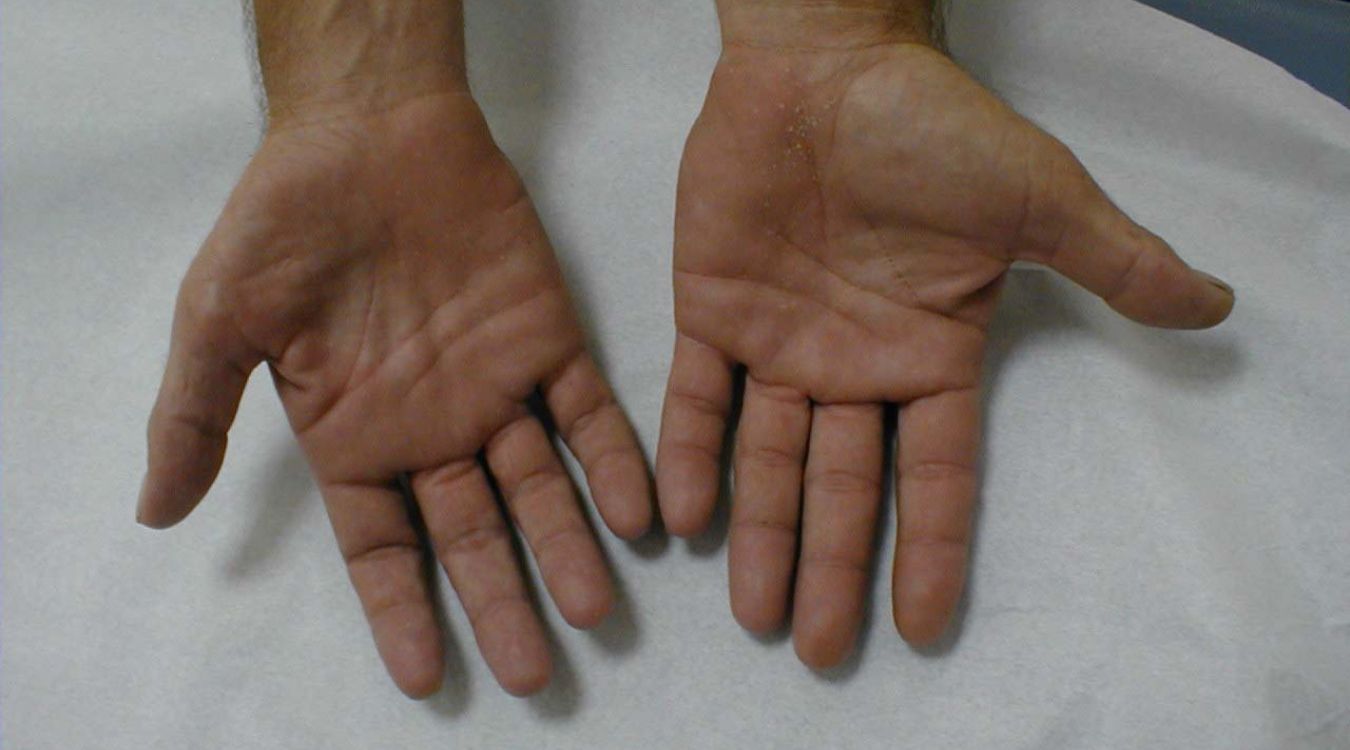
Babinski–Froment Syndrome might sound like a complex medical term, but understanding it can be straightforward. This rare neurological disorder affects the nervous system, leading to muscle weakness and coordination issues. Named after two pioneering neurologists, Joseph Babinski and Jules Froment, this syndrome is often linked to underlying conditions like multiple sclerosis or spinal cord injuries. Symptoms can vary widely, making diagnosis tricky. However, early detection and treatment can significantly improve quality of life. In this post, we'll explore 30 intriguing facts about Babinski–Froment Syndrome, shedding light on its causes, symptoms, and management strategies. Ready to learn more? Let's dive in!
Key Takeaways:
- Babinski–Froment Syndrome is a neurological condition causing muscle weakness and deformities. It's diagnosed through tests like EMG and MRI scans. Treatment includes physical therapy and support groups for a fulfilling life.
- Named after neurologists Babinski and Froment, this syndrome can be managed with physical therapy, medications, and lifestyle changes. Support groups and regular check-ups are crucial for living well with the condition.
What is Babinski–Froment Syndrome?
Babinski–Froment Syndrome, also known as Babinski–Froment sign, is a neurological condition characterized by specific symptoms and signs. It is often associated with certain neurological disorders and can provide important diagnostic clues.
-
Named After Neurologists: The syndrome is named after Joseph Babinski and Jules Froment, two prominent neurologists who first described it.
-
Neurological Disorder: It is primarily considered a neurological disorder affecting the peripheral nerves.
-
Muscle Weakness: One of the hallmark symptoms is muscle weakness, particularly in the hands.
-
Fasciculations: Patients often experience fasciculations, which are involuntary muscle twitches.
-
Atrophy: Muscle atrophy, or wasting, is another common symptom, leading to reduced muscle mass.
Symptoms and Signs
Understanding the symptoms and signs of Babinski–Froment Syndrome can help in early diagnosis and management. Here are some key features to look out for.
-
Claw Hand Deformity: A characteristic sign is the claw hand deformity, where fingers are bent into a claw-like shape.
-
Sensory Loss: Patients may experience sensory loss, particularly in the hands and feet.
-
Pain: Chronic pain is a frequent complaint among those affected.
-
Hyperreflexia: Increased reflexes, or hyperreflexia, can be observed in some patients.
-
Spasticity: Muscle spasticity, or stiffness, is another common symptom.
Causes and Risk Factors
Identifying the causes and risk factors associated with Babinski–Froment Syndrome can provide insights into its development and progression.
-
Genetic Factors: Genetic predisposition plays a significant role in the development of the syndrome.
-
Autoimmune Disorders: Some autoimmune disorders are linked to the onset of Babinski–Froment Syndrome.
-
Infections: Certain infections can trigger the syndrome, particularly those affecting the nervous system.
-
Toxins: Exposure to certain toxins may increase the risk of developing the syndrome.
-
Trauma: Physical trauma, especially to the nervous system, can be a contributing factor.
Diagnosis and Testing
Accurate diagnosis is crucial for effective management of Babinski–Froment Syndrome. Various tests and examinations are used to confirm the condition.
-
Electromyography (EMG): EMG tests measure the electrical activity of muscles and can help diagnose the syndrome.
-
Nerve Conduction Studies: These studies assess the speed and strength of nerve signals.
-
MRI Scans: MRI scans provide detailed images of the nervous system, aiding in diagnosis.
-
Blood Tests: Blood tests can help identify underlying causes, such as infections or autoimmune disorders.
-
Clinical Examination: A thorough clinical examination by a neurologist is essential for diagnosis.
Treatment and Management
While there is no cure for Babinski–Froment Syndrome, various treatments can help manage symptoms and improve quality of life.
-
Physical Therapy: Physical therapy can help maintain muscle strength and flexibility.
-
Medications: Certain medications can alleviate symptoms such as pain and spasticity.
-
Occupational Therapy: Occupational therapy assists patients in performing daily activities more easily.
-
Surgical Interventions: In some cases, surgical interventions may be necessary to correct deformities.
-
Assistive Devices: Devices such as braces and splints can provide support and improve mobility.
Living with Babinski–Froment Syndrome
Living with Babinski–Froment Syndrome can be challenging, but with the right support and strategies, patients can lead fulfilling lives.
-
Support Groups: Joining support groups can provide emotional support and practical advice.
-
Lifestyle Modifications: Making certain lifestyle changes, such as a balanced diet and regular exercise, can improve overall health.
-
Mental Health Support: Counseling and mental health support are important for coping with the emotional aspects of the syndrome.
-
Education and Awareness: Educating oneself and others about the syndrome can lead to better understanding and support.
-
Regular Monitoring: Regular check-ups with healthcare providers are essential for managing the condition effectively.
Final Thoughts on Babinski–Froment Syndrome
Babinski–Froment Syndrome, a rare neurological disorder, presents unique challenges. Understanding its symptoms, causes, and treatment options is crucial for those affected. Early diagnosis can significantly improve quality of life. While the syndrome remains rare, awareness and research are growing, offering hope for better management and potential treatments.
Staying informed and seeking support from medical professionals and communities can make a significant difference. Remember, knowledge is power. By learning more about Babinski–Froment Syndrome, we can support those affected and contribute to ongoing research efforts.
If you or someone you know is dealing with this condition, don't hesitate to reach out for help. Every bit of information and support can make a world of difference. Keep exploring, stay curious, and continue to spread awareness about this rare but impactful syndrome.
Frequently Asked Questions
Was this page helpful?
Our commitment to delivering trustworthy and engaging content is at the heart of what we do. Each fact on our site is contributed by real users like you, bringing a wealth of diverse insights and information. To ensure the highest standards of accuracy and reliability, our dedicated editors meticulously review each submission. This process guarantees that the facts we share are not only fascinating but also credible. Trust in our commitment to quality and authenticity as you explore and learn with us.
